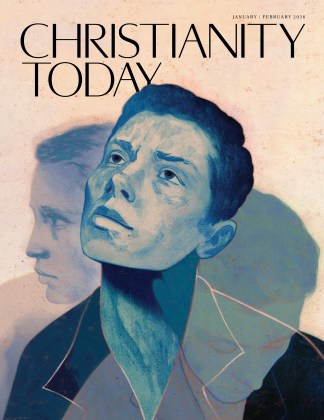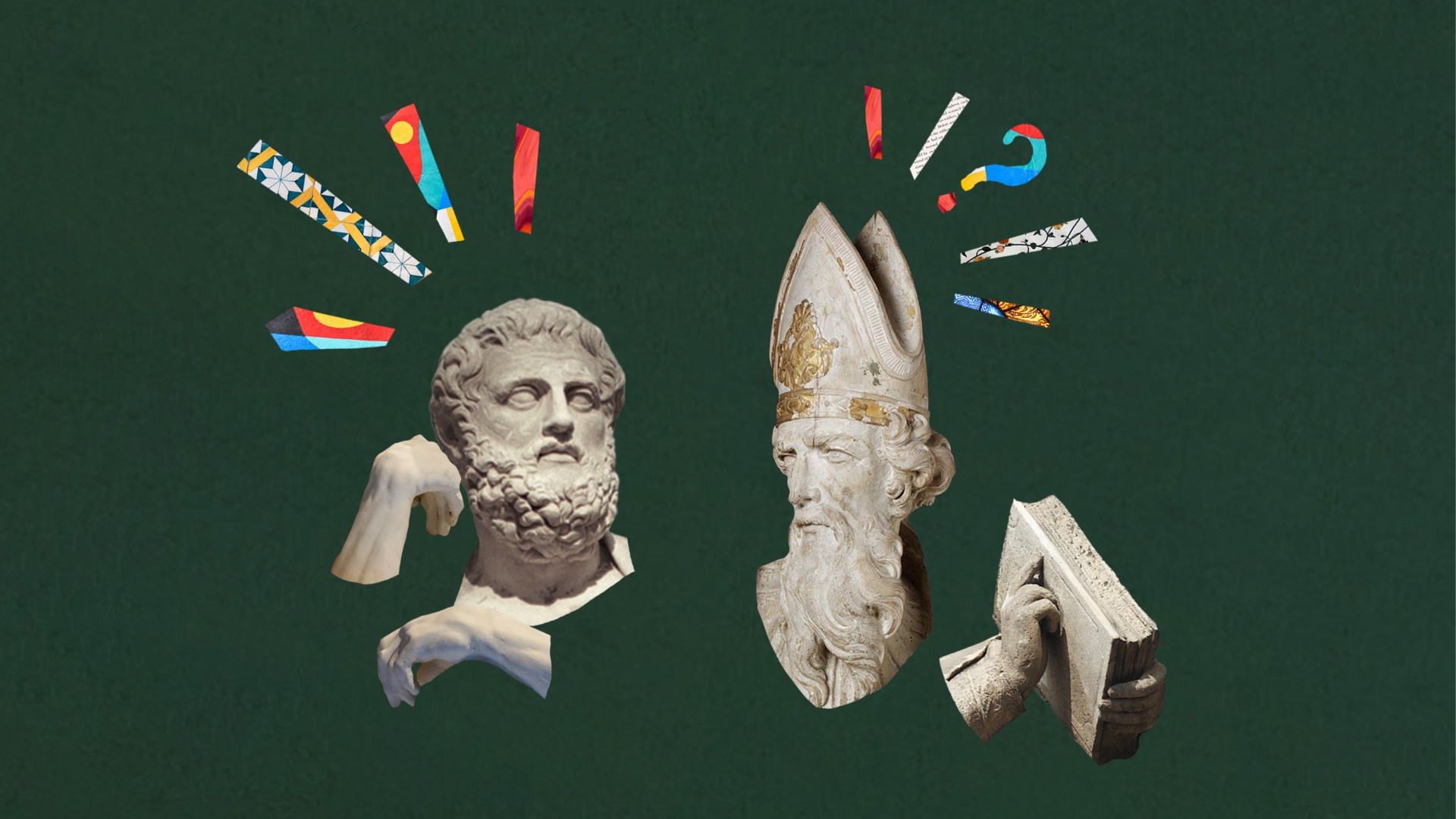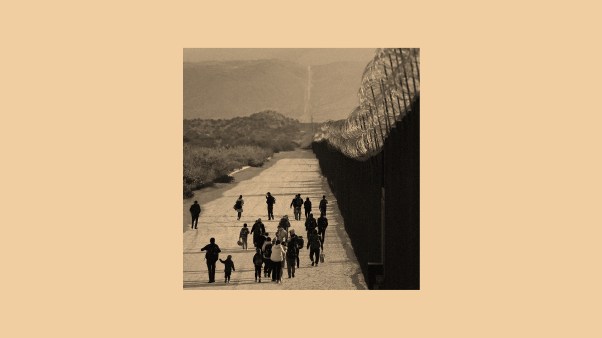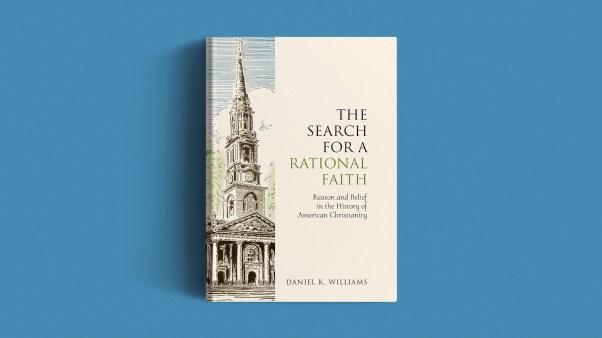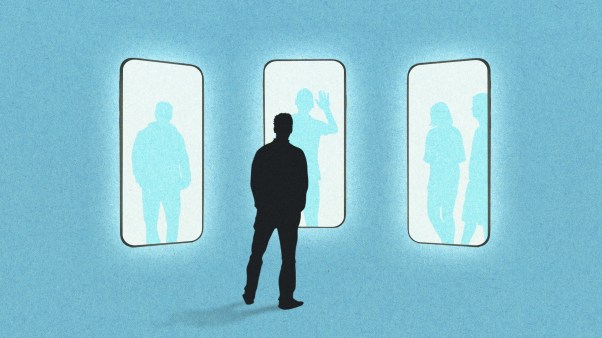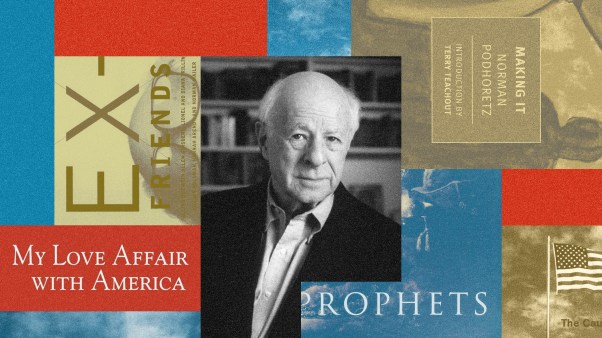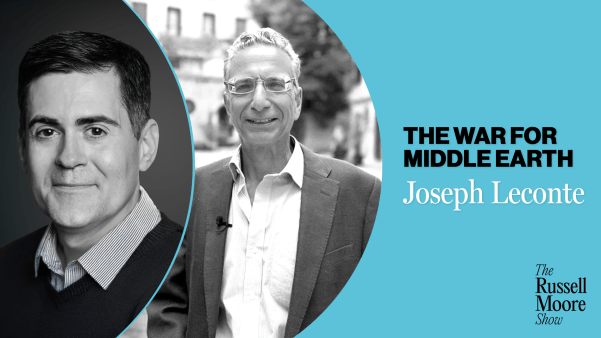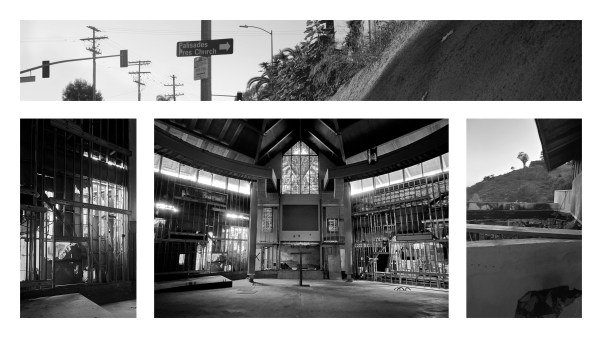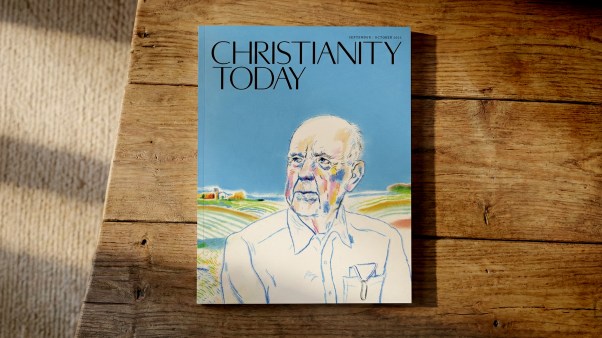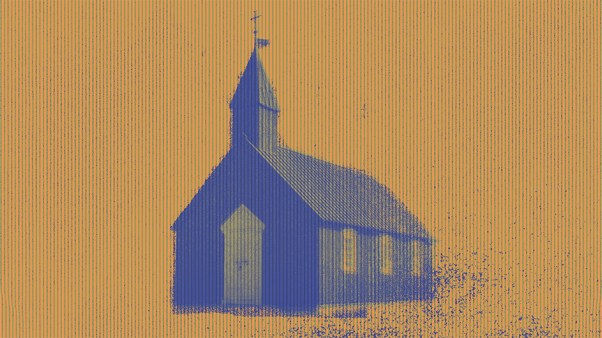College and university professors in the liberal arts (humanities, social sciences, and natural sciences) are almost entirely left-leaning, liberal, or progressive, and this is especially true among faculty in the humanities and social sciences. The trend is even more pronounced in certain selective schools.
Students who attend liberal arts colleges or universities often adopt more liberal or progressive points of view as a result of their education. There are many great literary depictions of this transformation and the ensuing alienation that often results when such students return home from college. (My favorite is in Flannery O’Connor’s short story “Revelation,” where a young woman in a doctor’s office throws her human development textbook at the unenlightened, uncouth, hometown character Ruby Turpin.)
Is this phenomenon accidentally related to the demography of the professoriate or somehow intrinsically related to the craft and content of the liberal arts themselves and the culture and atmosphere of the campus?
The terms “liberal” and “progressive” represent different political traditions in the West, and, when applied to the liberal arts, represent different approaches to education.
“Liberal” liberal arts education represents a modern vision of an Enlightenment-style view of objective truth pursued by rational and empirical methods. The “progressive” model, on the other hand, is often associated with postmodern visions of education, ones suspicious of privileged categories such as knowledge, truth, and understanding. It aims at dismantling systems of illegitimate power, ensuring equal outcomes, and achieving other goals connected to the mission of social justice.
New York University social psychologist Jonathan Haidt argues that these visions of the liberal arts are ultimately incompatible and that universities should choose between the aims of objective truth and social justice. He calls the “liberal” approach “Truth U” and the progressive approach “Social Justice U.” He notes that most major liberal arts institutions in America today have become Social Justice Us by default, owing simply to the makeup of their faculties.
Haidt notes that some religious colleges present themselves as pursuing an entirely different telos, or guiding purpose. As an example, he points to the evangelical Wheaton College, whose mission statement mentions “serv[ing] Jesus Christ and advanc[ing] His Kingdom.” Haidt calls this exceptional case “Jesus U,” but he doesn’t seem to take it seriously, given his commitment to an Enlightenment-style vision of the liberal arts.
Both the liberal and progressive approaches to the liberal arts retain something essential from earlier traditions, but they also deviate significantly from the classical and Christian view of the human person that gave birth to the earliest universities and liberal arts colleges in Europe and America.
The “liberal” liberal arts approach of Truth U retains a fundamental insistence on the connection between intellectual cultivation and citizenship, but it abandons the transcendent framework that understands pursuing truth as an expression of our deepest human telos. The progressive approach of Social Justice U retains an insistence on the connection between liberal learning and neighbor-love, but it abandons the redemptive vision the Christian story brings to critiques of power, care for victims, and confession of sin.
For these reasons, we ought to take Christian liberal arts institutions more seriously than Haidt does. Such a model is a viable alternative to the liberal or progressive adaptations of the liberal arts on offer today. This tradition is capacious enough to be appealing to Christians and non-Christians alike and is adaptable to other religious or philosophical approaches. The Christian university of the 21st century ought to present a picture of the human person and the role of intellectual cultivation in human flourishing that transcends the impasse of liberal and progressive approaches to the liberal arts.
Tools of intellectual agility
The ancient Greco-Roman view of the liberal arts was associated with the special status of being a free person (liber) rather than a servant or slave (servus), for whom training in the manual or mechanical (servile) arts was most fitting. Free people needed the intellectual agility and capacity for thought and communication to participate in free, self-governing societies, and the liberal arts equipped them to engage a variety of viewpoints with subtlety and generosity.
The ancient founders of the liberal arts could not have imagined the modern American attempt to extend this vision to include all human beings. The slow unfolding of civil rights and the expansion of the liberal arts have worked in tandem in American democracy.
Yet this project is now under attack from many angles: ideological differences threaten to shatter our ideals, values, and shared sense of the past; general education in the liberal arts evaporates in an effort to expedite degree-completion and minimize costs; and career orientation discourages students from majoring in liberal arts disciplines to begin with.
What sort of stories and symbols, what corresponding practices and habits, can revive and restore faith in the liberal arts?
Truth U’s curricula are often simply too spare, too shorn of a transcendent or religious sense of the human person to provide the meaningful context for the pursuit of truth. Truth U models itself after the successful techniques of the sciences and punts on fundamental questions of morality and religion that could guide the overall direction of inquiry.
Truth in a purely objective, universal, or rational sense is too bare a telos for the liberal arts to sustain themselves. Rather, they thrive in narrative webs of meaning—of words and images that come freighted with sense and value and hold capacity for shaping worldviews and affections.
Christians living in late antiquity saw that part of the Christian educator’s task would be migrating the liberal arts tools from their classical Greco-Roman context to a biblical context—with its distinct stories, characters, ideals, values, images, and emotions—in order to create a Christian culture of liberal education.
Augustine of Hippo sensed the conflict between the classical and biblical texts and worked tirelessly to identify the resonance and dissonance among them. He was keen to highlight the common human inheritance of the liberal arts and their inherent dependence on a shared world of meaning. He baptized the narrative world of classical culture and embedded it in an alternative story in pursuit of a different god.
Slowly the old myths and gods were burned away. Centuries later, as the Enlightenment gave birth to a new vision of liberal arts education in modernity, it returned the favor and slowly banished metaphysics and Christian theology from the list of properly scientific disciplines.
The liberal model of liberal arts education admirably retains the central vision of these arts as the common tools of intellectual agility necessary for an intelligent, free, self-governing society, but it fails to provide a guiding web of shared meaning.
It appears impotent to resist the common and reductive vision of education and of the human person, as defined narrowly by work or material success. It appears unable to sustain moral energy around the liberal notion of scientific “truth” as a sacred value. This leaves the students of Truth U vulnerable to a flattened existence, vacillating between materialistic meaninglessness or relativistic consumption of meaning.
Moral energy
The progressive model of the liberal arts is statistically the most dominant today. The movement of radical 1960s intellectual life into the mainstream of higher education through professional research in the humanities and social sciences is an intriguing and complex historical and sociological tale.
One simple way to understand Social Justice U’s intellectual framework, however, is as an uneasy alliance between the deconstructive criticism of Friedrich Nietzsche and the Marxist insistence on equality.
Social Justice U’s advantage over Truth U is that this uneasy alliance has created a captivating web of meaning in which the tools of the liberal arts can be acquired and tested in social criticism and activism. The critical Nietzschean accomplishment of Social Justice U is deconstructing the idea of objective truth as a coded expression of the will to dominate others, rooted in privilege, exclusion, and elitism.
This deconstructive project is then yoked with a secularized version of the Christian instinct for social justice. The result is an alternative system of moral authority, rooted in a totalizing narrative of unmasking power and defending the victim, that offers powerful resources (both motivational and practical) for those interested in achieving a better world.
The moral energy of Social Justice U is rooted in its insistence on the inherent connection between intellectual work and social concern—an offshoot of the Christian perspective on the liberal arts that yokes the intellectual and practical goals of education together under the umbrella of the twin commandments of love for God and love for neighbor. The progressive approach thus retains certain Christian impulses, even when it rejects the undergirding redemptive vision Christianity offers.
Learning and love
Only by recovering a broader conception of the human person (and the way education plays a role in forming such a person) can the liberal arts move beyond the impasse between Truth U and Social Justice U. Neither telos—truth or justice—is coherent apart from this broader conception.
The Augustinian Christian tradition (at the root of both the medieval Catholic and early modern Protestant vision of the liberal arts) represents one attempt at situating the liberal arts within a comprehensive understanding of human nature and purpose.
Of course, there are many Christian traditions and other religious traditions (Jewish, Islamic, and Mormon, for example) that propose their own understandings. What they share, however, are forms of inquiry premised on a picture of a human being and an authoritative set of religious texts read in relation to and in tension with the tradition of the liberal arts—in both their ancient origins and modern disciplinary extensions.
The modern secular university’s commitment to quantitative methods and techniques of empirical analysis as the highest form of inquiry makes it impossible to rationally justify any non-empirically verified telos, whether truth or social justice, which makes the choice of one over the other a matter of preference. The Christian university must reconceive its own work of liberal arts education in light of its own understanding of humanity and the unfolding dialogue between its authoritative texts and rival texts, whether these come from the Western liberal arts tradition or some other religious or moral tradition.
In this setting, the liberal arts educator has a double role—both preserving a particular religious framework and engaging rival standpoints to see what’s wrong with them and to test one’s own tradition. The Christian university can pursue what Alasdair MacIntyre calls a tradition-shaped form of inquiry, whereby one’s own religious perspective is sharpened by liberal arts education and brought into meaningful dialogue with rival answers to the deepest human questions.
The telos of Jesus U is love. Here the love of learning is tethered to love for God, love for neighbor, and a healthy self-love. Here is a vision of education that eclipses any purely material view of human personality.
The social-science caricature of the human person found in both Truth U and Social Justice U reduces human desire to either bare economic self-interest or raw social power. Neither get to the true depth of human personality. Each appeals to the language of psychology (whether as trauma or happiness) at key moments to get out of the flattened secular horizon and move into the realm of true meaning.
Although the social sciences are supposedly methodologically immune to value judgments, they slide into them through the quantitative language of material well-being. This leaves the student hostage to contested visions of selfhood and identity in the digital coliseum and marketplace.
In the Christian vision, self-love is not reducible to economic self-interest or social dominance but recognized as the divine impulse through which one meets the world not as one’s oyster but as one’s neighbor. The ember of self-love fuels an outward-driving process of moral formation.
In the Christian university, then, liberal education is brought toward a transcendent horizon that exceeds any purely secular view of political society. Here, citizenship is twofold: One part is committed to the proximate justice and common interest of our earthly political communities, as framed by a Christian conception of human dignity. The other part of citizenship longs for a deeper, truer form of community found in that “eternal city” foreshadowed throughout Scripture.
Liberal arts education is inherently linked to the formation of new citizens, and thus, Christian education imbues citizens with a shrewd sensitivity to the limits of politics. Christians ought to be fiercely loyal to local forms of community and fiercely global in outlook given the history and mission of the church. This produces a kind of spiritual restlessness that resists the temptations of nationalism and goes on pilgrimage.
What would it look like to build a liberal arts institution oriented toward this telos today? It would require a collaborative multidisciplinary team of faculty to work out a new-yet-old vision of truth, and a corresponding epistemological framework that moves beyond the fragmentation of knowledge found in the modern university.
It would need to order its community’s life around the habits and practices necessary to sustain the marriage of learning and love for God and neighbor. It would need to nurture the character traits—intellectual, moral, and spiritual—most conducive to authentic liberal education. It would need sensitivity to the form and atmosphere of the campus and creativity in engaging the intellectual and moral aims of the community.
Questions about online learning and career preparation might press upon us. But such questions should not distract us from more basic ones. We should be encouraged that educational endeavors in the Christian liberal arts tradition have emerged and succeeded in much less auspicious times than our own.
Joseph Clair is dean of the College of Humanities at George Fox University. This article is adapted from his chapter in The Liberating Arts: Why We Need Liberal Arts Education (Plough Publishing).
